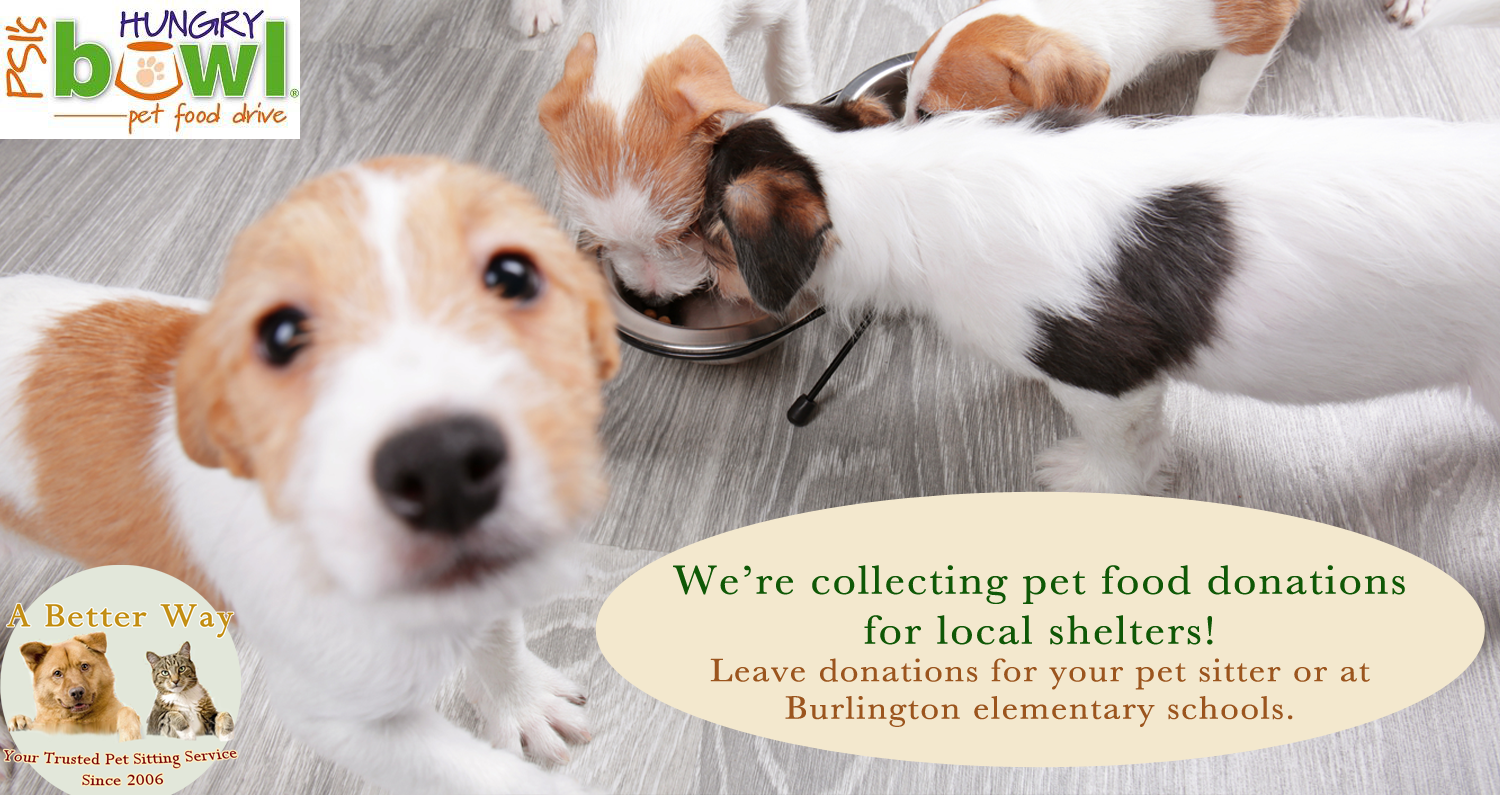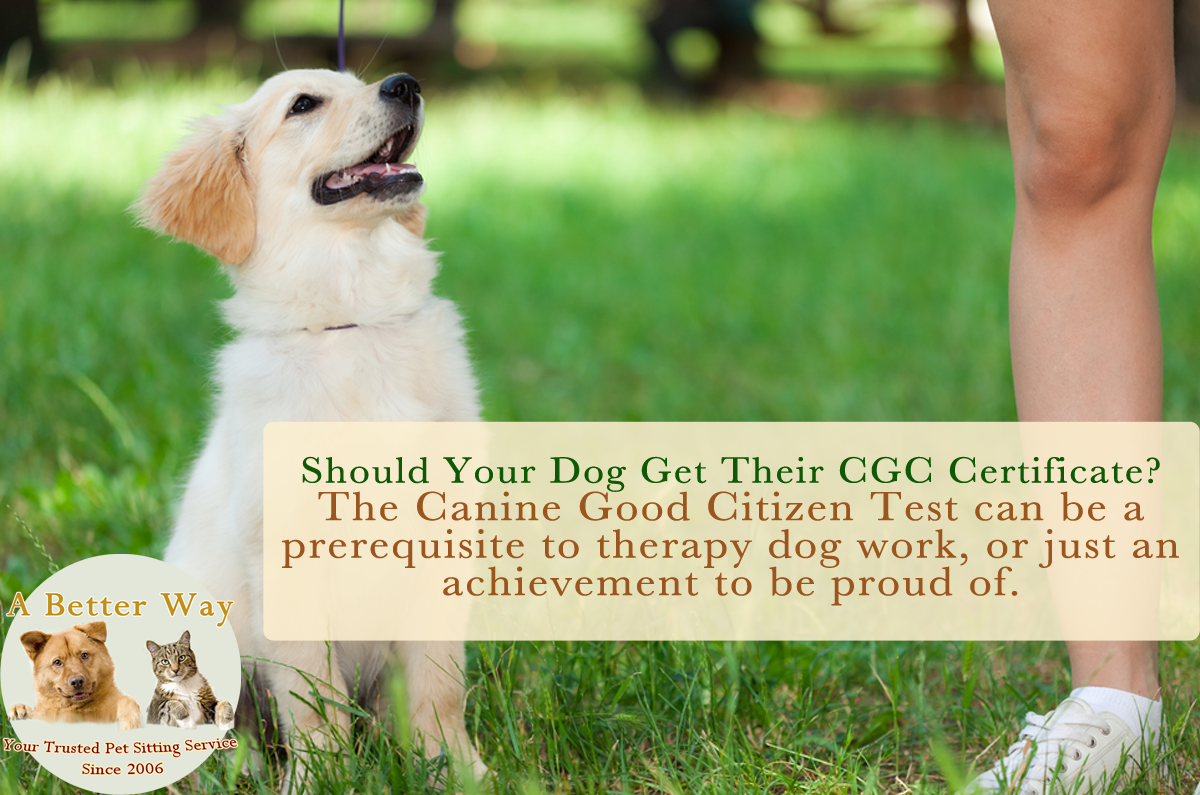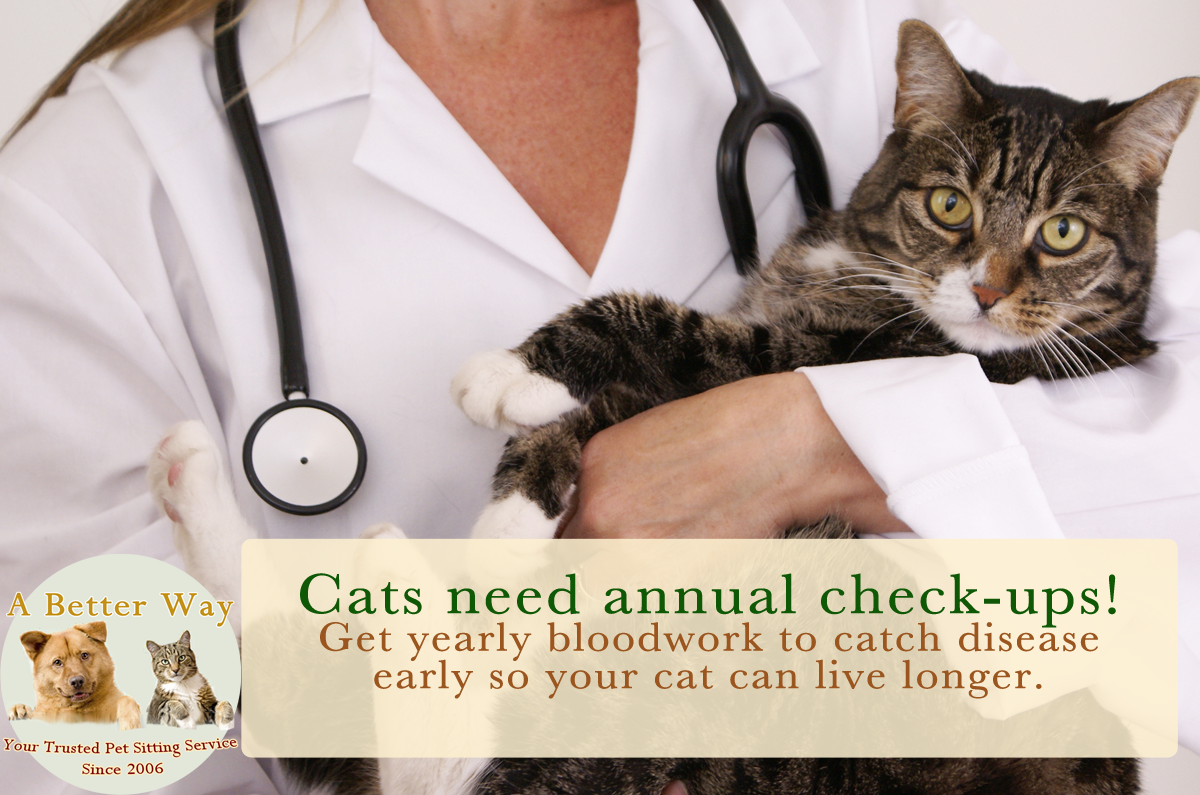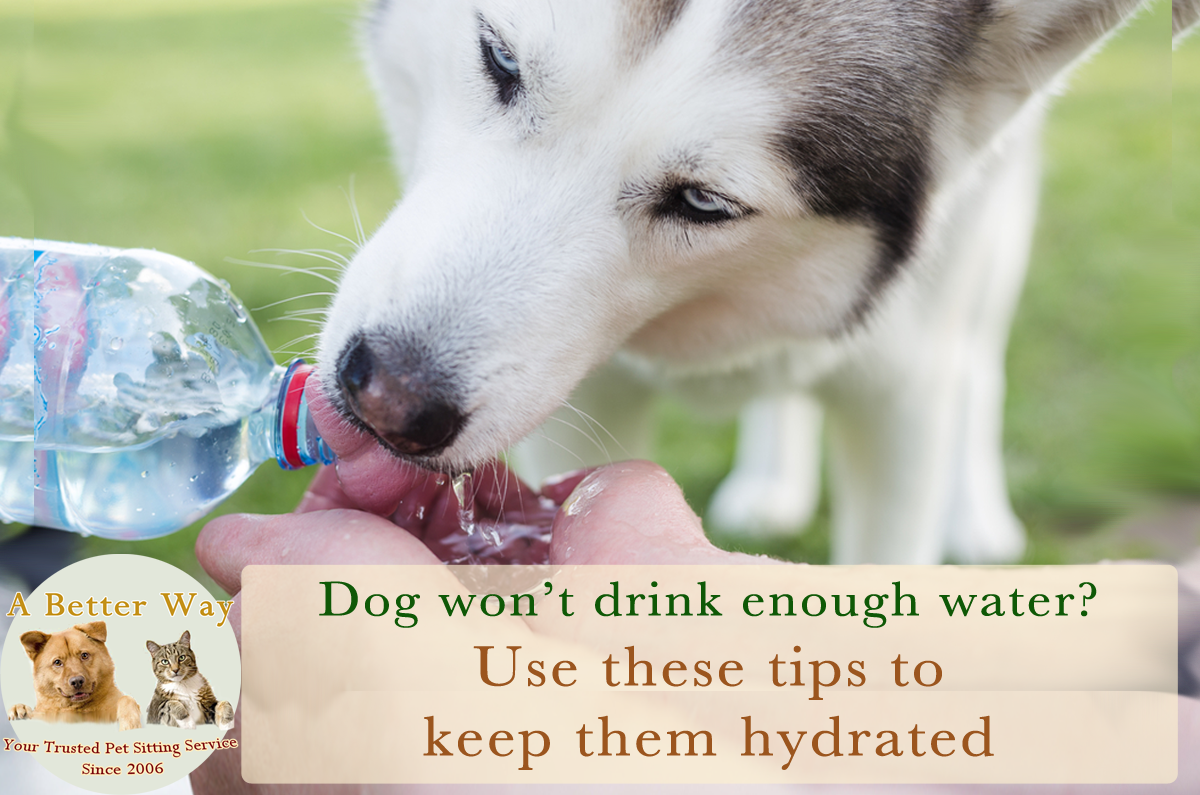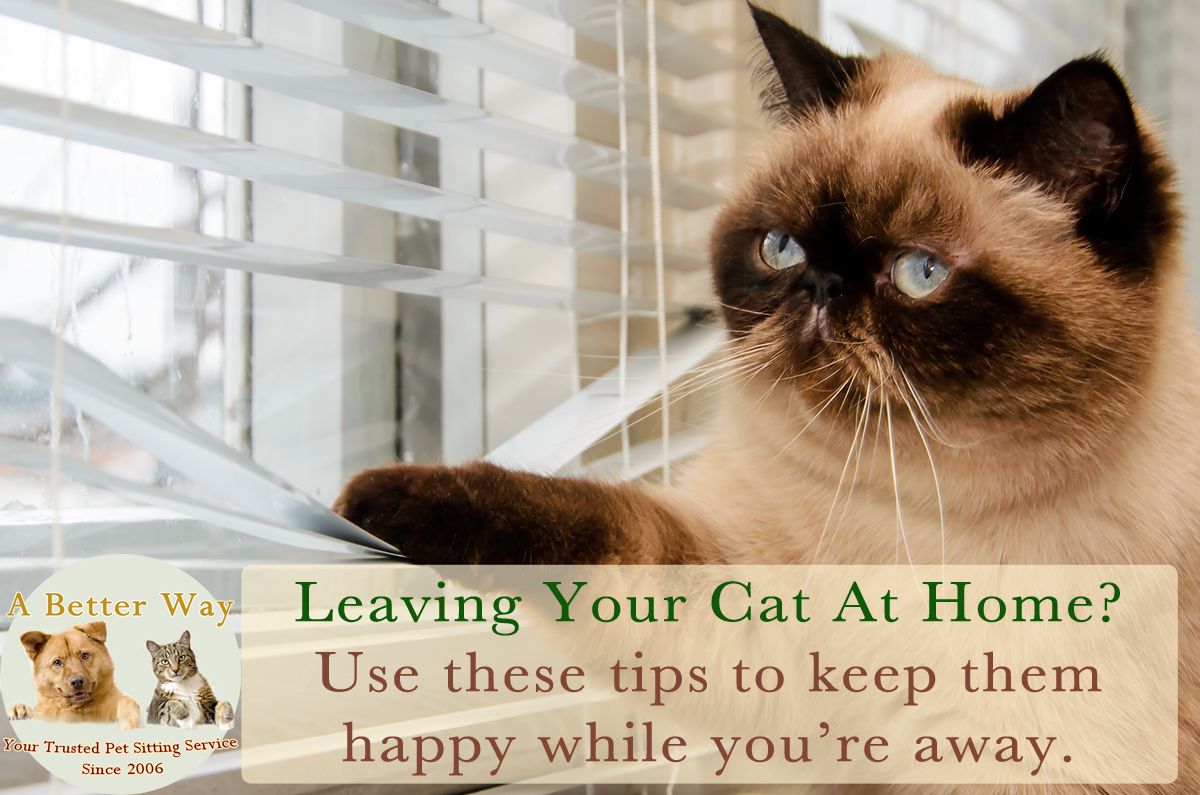Dogs bring joy to their families, but not everyone is lucky enough to have a dog, especially those who need their love the most. Pet therapy teams consist of a therapy dog (or cat, or almost any other kind of domestic animal,) and a handler who brings them to hospitals, schools, nursing homes and other places where people could use some cheering up. Program like Caring Canines make sure the animals are friendly, gentle and well-suited for therapy work.
Toby’s Story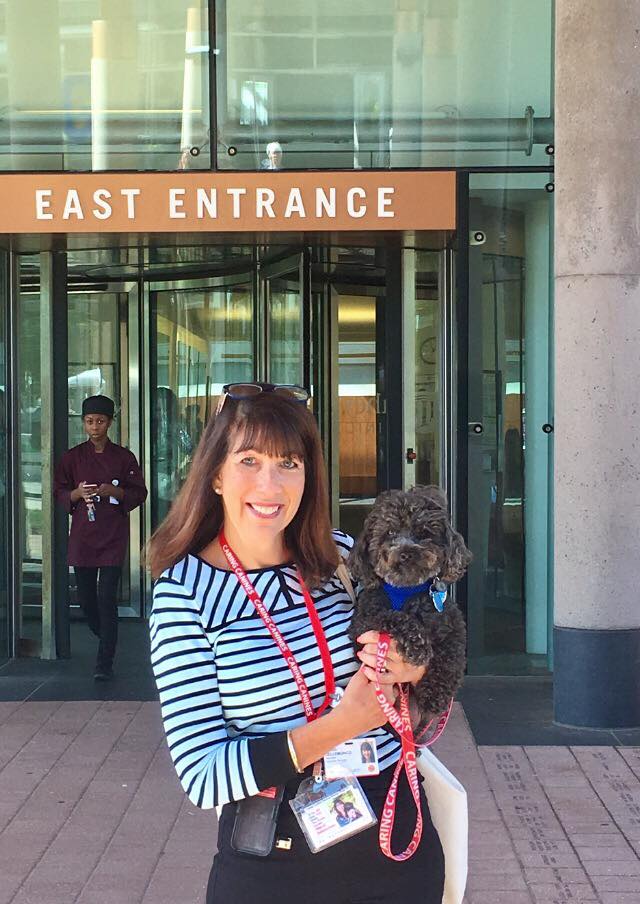
Toby is a 7-year-old Toy Poodle who was found by the side of a road in Mississippi in April 2013. He was all alone, and he had a shattered pelvis and a severely broken leg. He had two surgeries: one to place a metal plate in his pelvis to hold his hip together, and another to amputate his left hind leg, which was injured beyond repair.
In a short period of time, Toby learned to live with just three legs. Despite his trauma, he was happy to get a second chance at life, and ready to help heal others too.
Toby was placed on a pet transport truck to find his forever home up north. This is how he was adopted by Wendi, founder of A Better Way Pet Sitting Services.
Toby On The Job
Soon after adopting Toby, Wendi spoke to a friend who had been a pet therapy handler for a few years. She knew that her Toby, with his positive outlook and sweet demeanor, would be perfect for the job. Through his inspiring story, and his love and devotion, he proved to be determined for a bigger purpose.
In September 2014, just over a year since he was found by the side of the road, Wendi began therapy work with Toby. He had a natural talent for making friends, and has never met someone he didn’t love right away.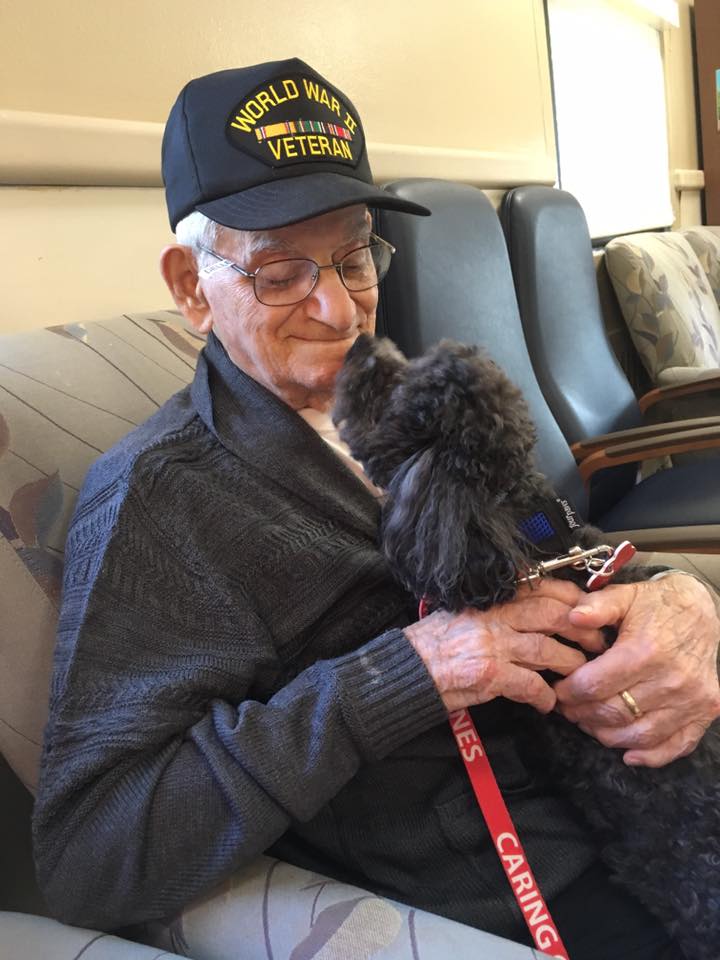
Sometimes, Wendi and Toby travel with other Caring Canines teams in community rooms at hospices, assisted living facilities and special needs classrooms, giving each person a chance to interact with each dog for a few minutes. At other times, they go for individual bedside hospital visits – his absolute favorite. At just 8 pounds, he’s able to snuggle up in patients. Even nurses appreciate getting love from Toby as relief from their demanding jobs.
There’s nothing Toby loves more than going visiting – Wendi can’t say the word “visit,” around him unless it’s really time to go do therapy work – he goes nuts when he thinks he’s going out to make new friends!

Are You Interested In Becoming A Therapy Dog Handler?
If your dog loves meeting new people, but is gentle enough to work with kids, the disabled and the elderly, they will love therapy work. Go to CaringCanines.org to get started.




